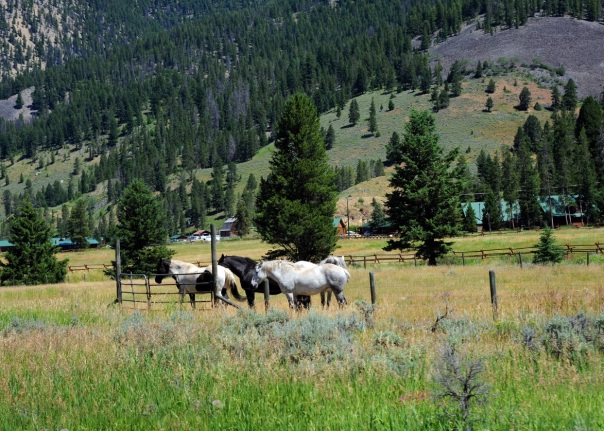Buying Ranches for Sale in Colorado: Five Main Things to Consider
Buying a ranch involves a long, tedious process of understanding the property market, evaluating the rangeland, calculating risks, assessing potential for profit, evaluating costs for future development and the list goes on. Hiring a reliable and well-established ranch broker who has extensive knowledge of the ranch property market will lessen your burden, but it’s always best to have your own grasp of what you’re about to spend millions on. If you’re still on the hunt and are unable to decide, here are a few things to look for in a Colorado ranch for sale.
Total Carrying Capacity
The first thing you should know about a ranch is its total carrying capacity. While this task can be quite a challenge, given that ranches extend to vast expanses of land, it’s important to know how many animals it can support. This is especially crucial if you intend to be serious about raising cattle and making profit out of it. If you have limited experience with ranching and homesteading, it’s best to be inquisitive about the land’s capacity and potential for farming. It would even be a bigger challenge if you end up running out of grass to graze your cattle, and you will end up compromising your profits to buying costly hay.

Access to Property
Access to property is another equally important thing to consider. You should evaluate the quality of roads from your property down to the nearest town or road network, and if you’re crossing another property. Make sure that you can graze your cattle without sparking a conflict with another rancher, or if grazing on public lands are allowed in your vicinity. Logistics is a vital aspect that will significantly affect your potential for growth, so always keep that in mind.
Wetlands or Archaeological Sites
Always bear in mind that your ranching operations may one way or another impact important sites, such as wetlands or archeological sites. Grazing patterns can impact and damage important or historical sites and ecosystems. Surveying the rangeland will give you an idea of which areas to protect and which ones to use for farming. For example, if you’re eyeing ranches for sale in Colorado, find out if that property overlaps with a conservation site or traverses important migration routes of certain species. As a potential rancher, you should be aware of your responsibilities to the local community and the environment that will sustain your business and lifestyle.
Zoning and Land Use Restrictions
You should also be aware of local zoning and land use requirements and restrictions to make sure that your farming operations and facilities will not be detrimental to the community. For example, the use of pesticides to maintain grassland health can harm groundwater sources nearby and pose risks to public health and local wildlife and vegetation. Also, find out if your area is prone to bushfires and what the restrictions are with regards to burning.
Environmental Regulations
Seek the guidance of local authorities when assessing your property. They can provide you with a bit of history and an idea of how the previous owners used that land. Find out about the flood potential of your area and if drainage is feasible, as well the composition and health of soils. If you buy the property and find out later on that the soil is low on organic matter, you will have a difficult time preparing the land for farming. Also, find out if there are old dumpsites near the area, as hazardous waste may impinge on the health of your cattle and grassland health. If you want to enjoy other amenities within your rangeland, such as hunting and fishing, inquire about the status of streams, rivers and other wetlands. Be sure that your ranching operations and lifestyle will not harm the ecosystem thriving there.
Most first time ranch buyers commit the costly mistake of choosing the widest and prettiest ranch without doing a careful assessment of the property’s potential for growth. While the scenery, climate, location and ruggedness of the rangeland are important factors, your top criterion should be the property’s potential for profit and growth. Otherwise, you will end up making big losses or struggling to make your ranch survive.
Sources
Rangeland Management Strategies, sare.org
Rangeland Evaluation, globalrangelands.org
Sustainable Ranching in Colorado, theatlantic.com
Posted on May 27, 2016, in Info Article. Bookmark the permalink. Comments Off on Buying Ranches for Sale in Colorado: Five Main Things to Consider.















